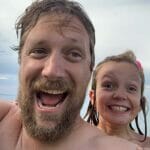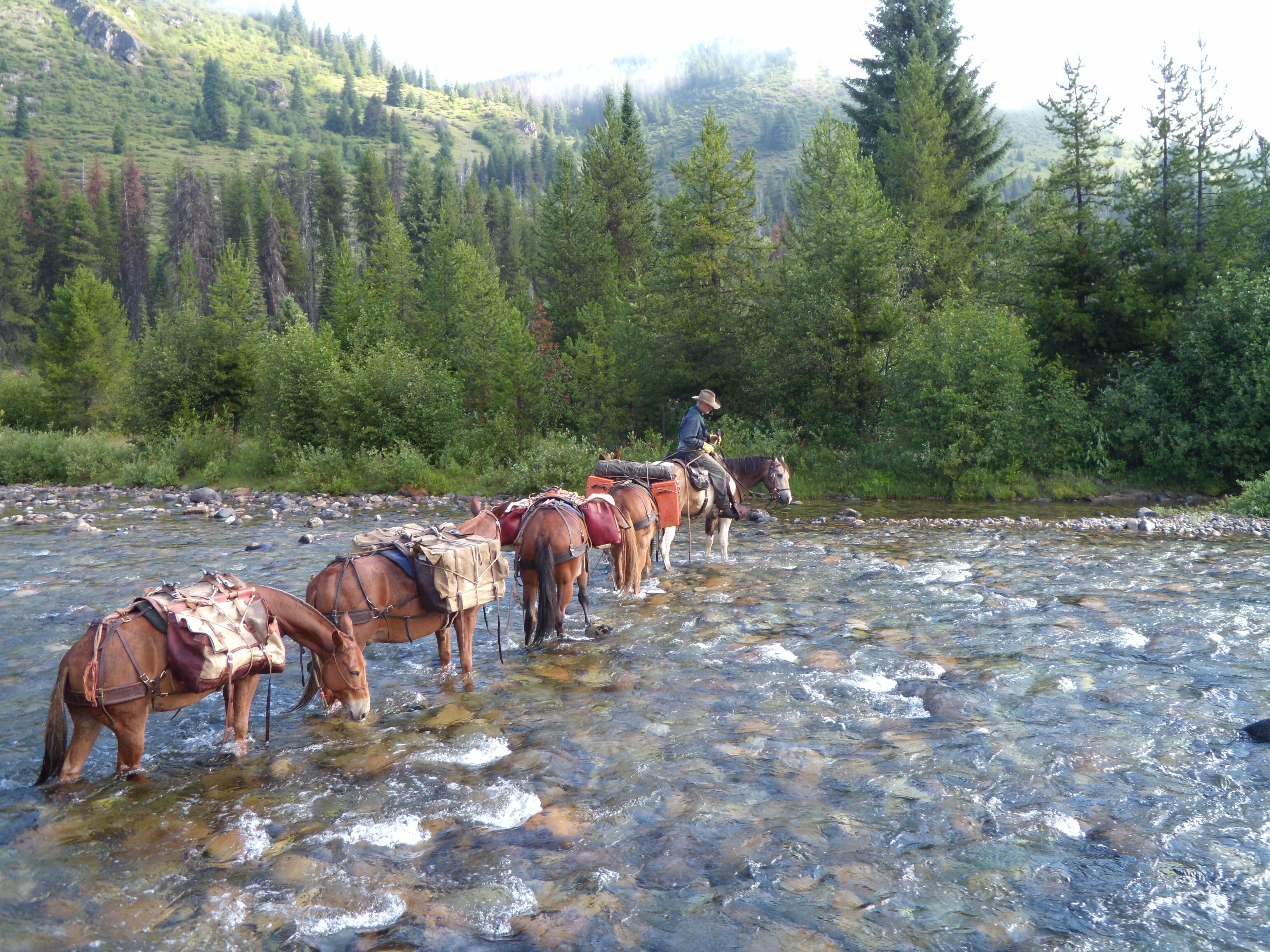We got word yesterday that the Ninth Circuit Court of Appeals upheld the Idaho Roadless Rule – a wonky rule that most people don’t even know about let alone understand.
It was a big victory for conservation, without a doubt. So I sent a note out to a few TU staffers in Idaho, asking for a reason – a story – something, anything that explains why people should care about a ruling like this.
And this is what came back. We can talk about habitat or better fishing or hunting all we want. But it doesn’t illuminate the depth of impact like these stories do.
Just a warning – you might feel those heart strings tug just a bit… What Idaho’s Roadless lands mean to me
By Scott Stouder
You’ve heard the statistics of why we should care about our last roadless public lands. The best (83 percent) of bull trout spawning and rearing habitat are found in roadless areas; seventy four percent of Idaho’s Chinook salmon habitat is roadless, Idaho’s best remaining westslope cutthroat trout populations are found in roadless areas; seventy four percent of Idaho’s remaining steelhead habitat snake though Idaho’s, deep roadless canyons.
And that’s just the fish habitat. The highest percent of Idaho’s bull elk populations and Idaho’s oldest mule deer bucks are harvested in the state’s inventoried roadless areas.
In short, you can catch more fish and kill more game where there are no roads. The fish are bigger, less wary and more numerous. The bucks and bulls are more mature and there are more of them.
All of that’s true, but it’s not the full reason, or even the primary reason, I work to protect unroaded public lands inIdaho. I can’t even articulate how a lifetime of living next to, hunting and fishing in, these lands has shaped my life.
The words that mean the most to me were written by my father. These are his words, written three decades ago in a family hunting journal. My father described his feeling as he watched me leave our canvas wall tent before daylight for a day’s elk hunt deep in Idaho’s backcountry.
“Scott shrugged into his pack and grabbed his rifle. I followed him outside the tent and watched his silhouette blend into the dark timber on the far side of the meadow before I shifted my gaze and momentarily stared at the starlit sky. I followed the pointers on the big dipper and found the North Star out of habit. As I turned toward the tent, I could hear the horses moving on their picket-lines and he pre-dawn cold felt good on my face.
I paused before I lifted the flap into the tent. I wanted the lump in my throat to melt. I knew I would never again be able to do what my son was doing. I would never again leave camp before daylight with the good weight of a rifle in my hands and a spring in my step. I would never again feel the excitement fueled by anticipation of that silent first light in the dark timber of wild country. But I’d had a lifetime of those experiences and I knew what it was like. There are those who’ll never know and they’re poorer for it. I stood at the door of the tent and watched the faint glow in the eastern sky. It’s mornings like these that fill your heart and your soul, and make you realize how lucky you’ve been. It’s the sight of your full grown son doing what you taught him – what your father taught you – that brings the full measure of life into focus.”
Now, 30 years later, my father is long gone, but the land, and the lesson it holds, are not. That’s not by accident. Without groups like Trout Unlimited, the farsighted folks who lead it, and the generous folks who fund it, these last wild lands that hold our precious memories of the past and promise for the future would not still exist. But they do still exist and that brings the full measure of my life into focus. The cartridge
By Greg McReynolds
On a scree slope above the city where I live, I picked up a shell casing this fall marked, “40-82 W.C.F. W.R.A. Co.”
The 40-82 is an old cartridge built on a necked-down 45-90 case and chambered for two rifles, most commonly the 1886 Winchester lever action rifle.
It’s not a common or long lived cartridge nor a rifle that sees much current use.
I like to speculate that this particular shell casing fell after a rifle shot at an elk or big muley just before the turn of the century.
When I look south, I can imagine myself in those days. A hunter, rifle on his back, looking south toward Haystack Peak and the southern end of the Portneuf Range.
In the north end of the 32,000 acre Bonneville Peak Roadless Area, things wouldn’t have looked much different to that rifleman. This is a small patch of Roadless by Idaho standards, but it is a place of significance to a hunter.
It is here that I chase ruffed and dusky grouse every September and mule deer in October.
Because it is roadless, it will be largely left like it is, preserved for my children and for future generations of Americans to enjoy. It means you can drive into it on a few forest service roads. It means there is a ski resort and there is grazing. It means that it is a place where Idahoans, collectively, through the Idaho Roadless Rule, decided was worthy of protecting like it is.
These roadless lands are our legacy. They connect us to those came before and they will connect us to those who come after. My .270 rifle is based on a cartridge (30.06) that likely hadn’t even been designed when that 40-82 cartridge was ejected from a hunter’s rifle. But this place, 32,000 acres of wild country – hunter’s country – connects us.
So Monday’s ruling by the 9th U.S. Circuit Court of Appeals to uphold Idaho’s Roadless Rule is a day worthy of celebration.
There are those who wish the rule was stronger and offered better protections for wild places, just as there are those who would see the rule deleted from the books and all protections for the wild places that we hold dear removed.
The Idaho Rule is not perfect, but it was built with a coalition of diverse interests and because of that, it has the potential to stand the test of time. It has the potential not only to preserve our legacy of wild places, but to be part of that legacy.
The Idaho Roadless Rule is an example of what we, as the stewards of our children’s and grandchildren’s public lands, can do when we work together, striving to be our best.



